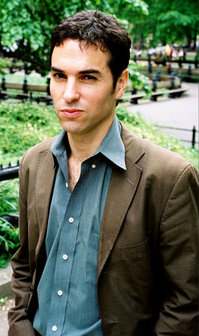 “”You can have democracy no matter what level of development. Just look at the Arab Spring.”- Zhou Youguang” Source of caption and photo: online version of the NYT article quoted and cited below.
“”You can have democracy no matter what level of development. Just look at the Arab Spring.”- Zhou Youguang” Source of caption and photo: online version of the NYT article quoted and cited below.
(p. A5) BEIJING. EVEN at 106 years old, Zhou Youguang is the kind of creative thinker that Chinese leaders regularly command the government to cultivate in their bid to raise their nation from the world’s factory floor.
So it is curious that he embodies a contradiction at the heart of their premise: the notion that free thinkers are to be venerated unless and until they challenge the legitimacy of the ruling Communist Party.
Mr. Zhou is the inventor of Pinyin, the Romanized spelling system that linked China’s ancient written language to the modern age and helped China all but stamp out illiteracy. He was one of the leaders of the Chinese translation of the Encyclopaedia Britannica in the 1980s. He has written about 40 books, the most recent published last year.
. . .
His blog entries range from the modernization of Confucianism to Silk Road history and China’s new middle class. Computer screens hurt his eyes, but he devours foreign newspapers and magazines. A well-known Chinese artist nicknamed him “Trendy Old Guy.”
. . .
THE decade-long Cultural Revolution that began in 1966 wiped out Mr. Zhou’s lingering belief in communism. He was publicly humiliated and sent to toil for two years in the wilderness.
. . .
About Mao, he said in an interview: “I deny he did any good.” About the 1989 Tiananmen Square massacre: “I am sure one day justice will be done.” About popular support for the Communist Party: “The people have no freedom to express themselves, so we cannot know.”
As for fostering creativity in the Communist system, Mr. Zhou had this to say, in a 2010 book of essays: “Inventions are flowers that grow out of the soil of freedom. Innovation and invention don’t grow out of the government’s orders.”
No sooner had the first batch of copies been printed than the book was banned in China.
For the full story, see:
SHARON LaFRANIERE. “THE SATURDAY PROFILE; A Chinese Voice of Dissent That Took Its Time.” The New York Times (Sat., March 3, 2012): A5.
(Note: ellipses added.)
(Note: the online version of the article has the date March 2, 2012.)







